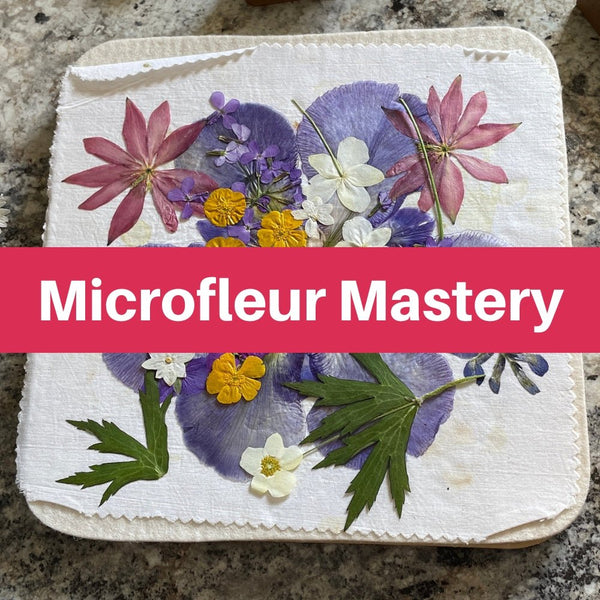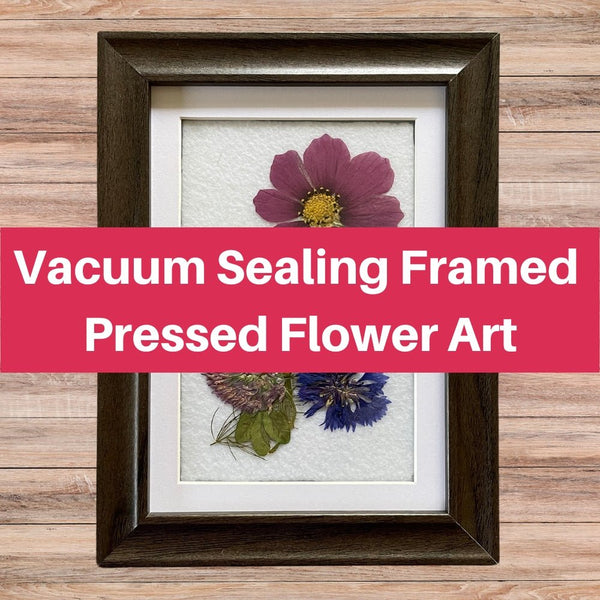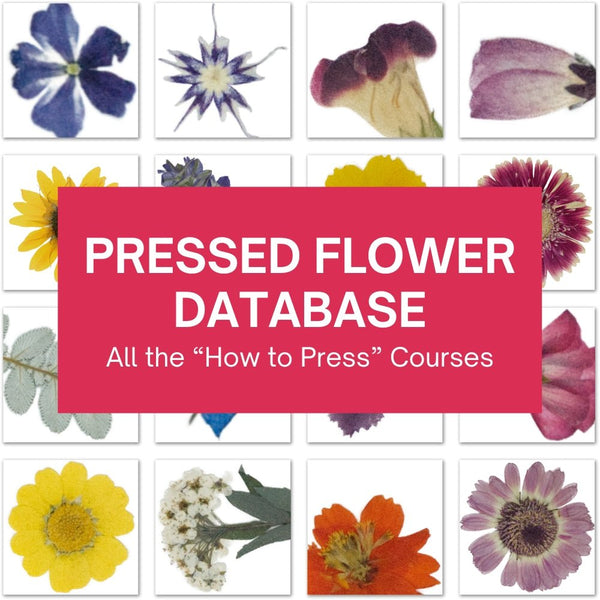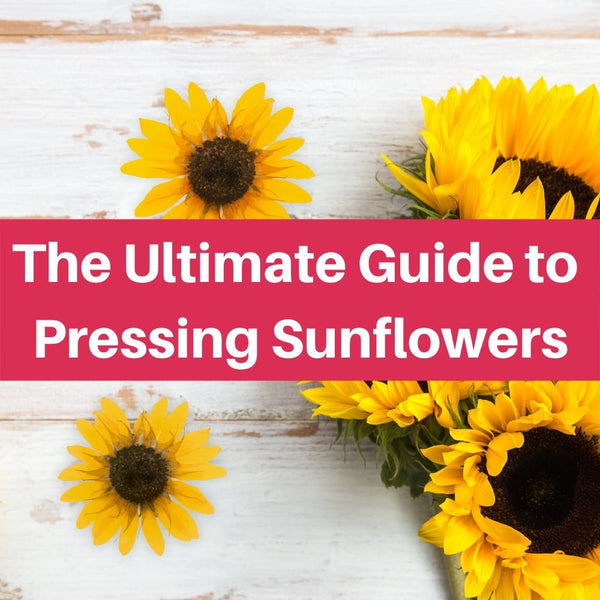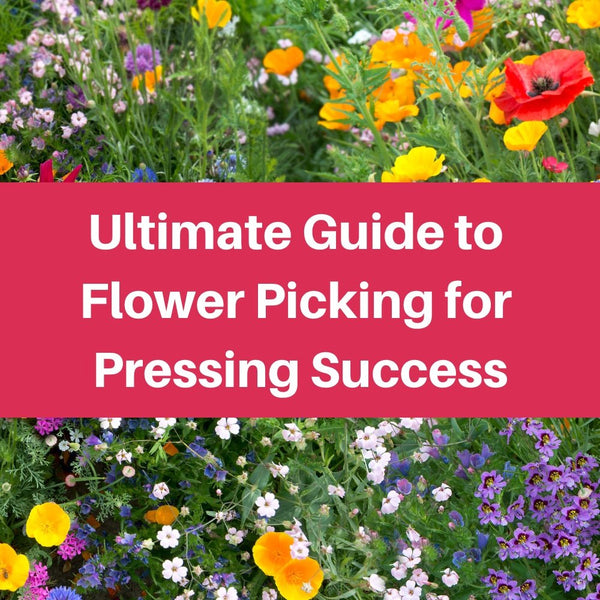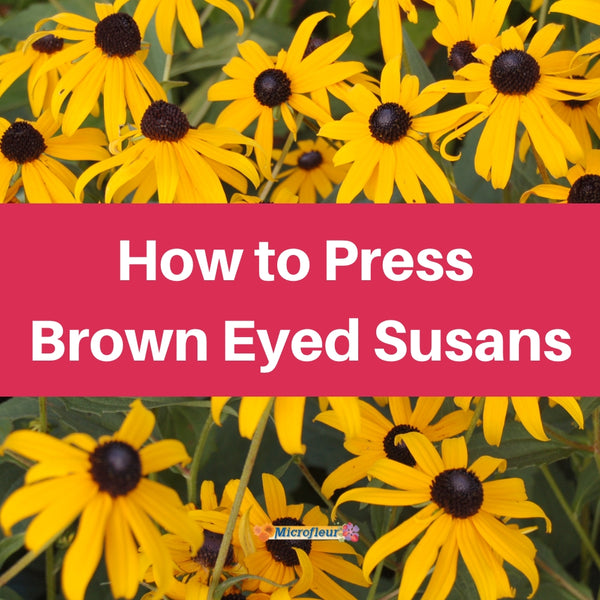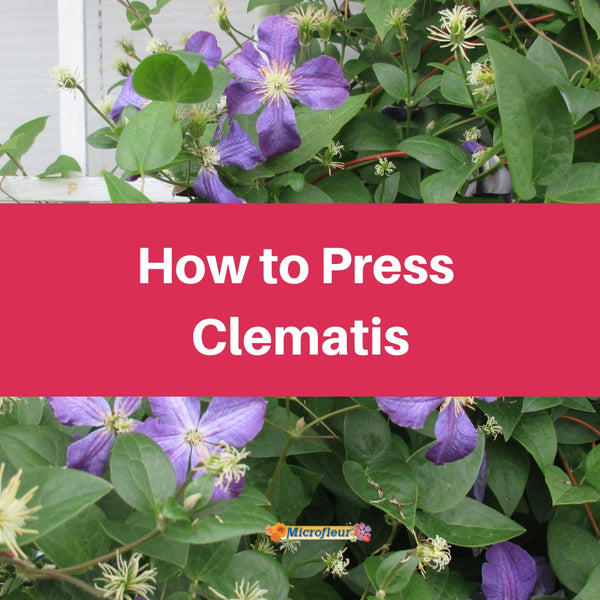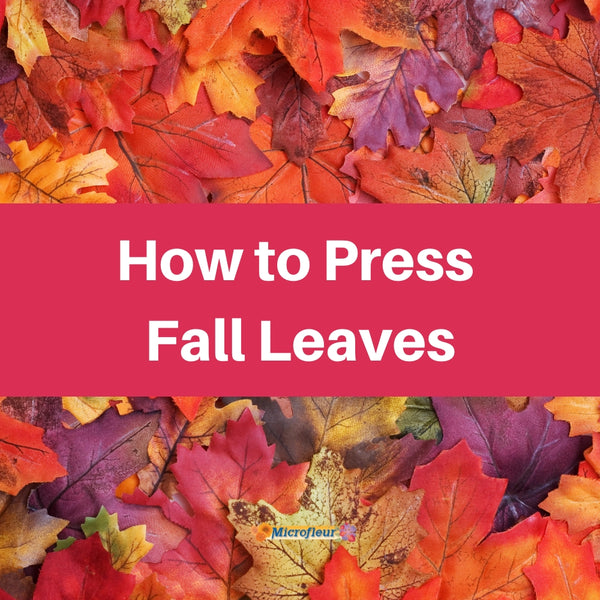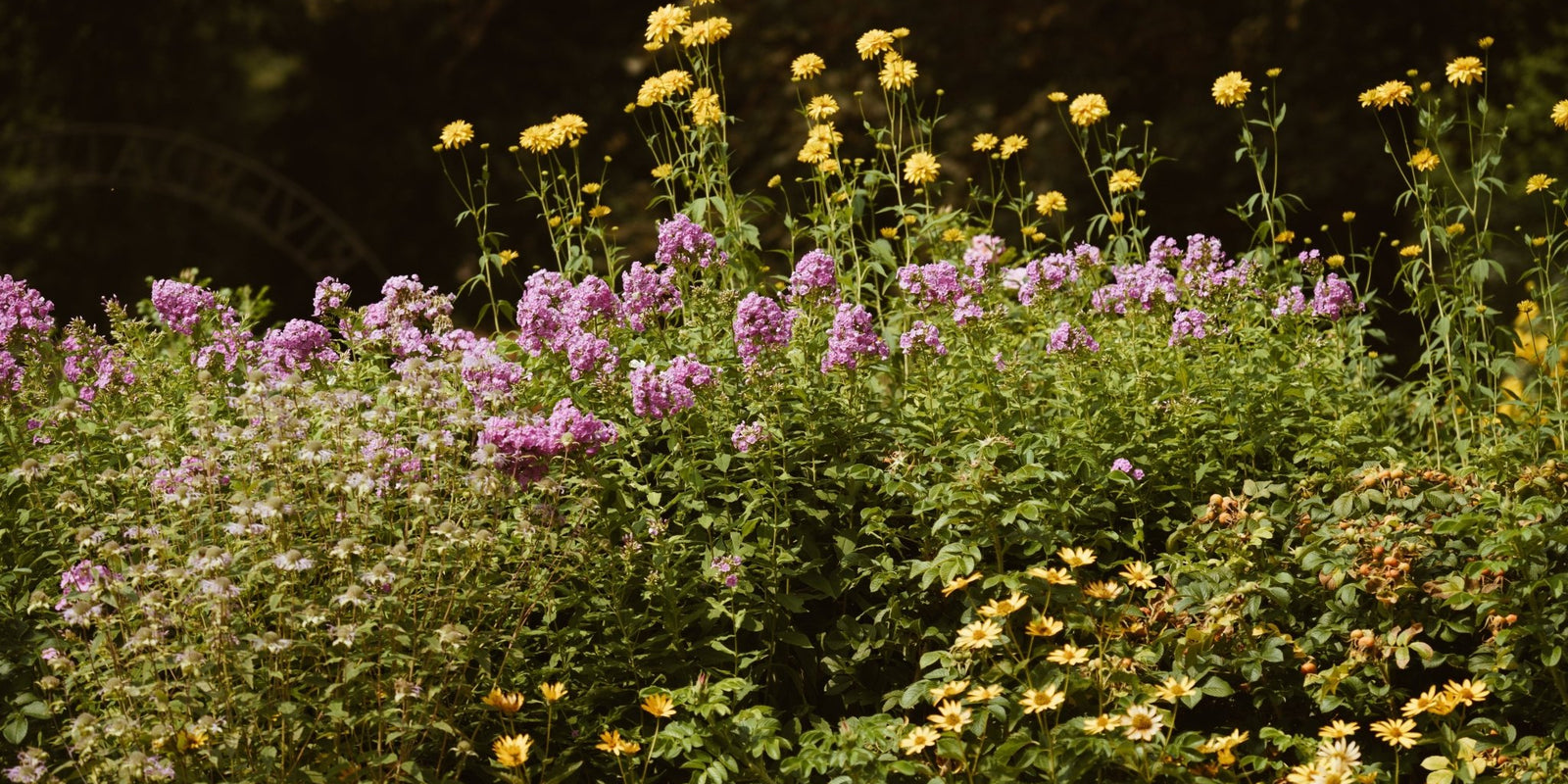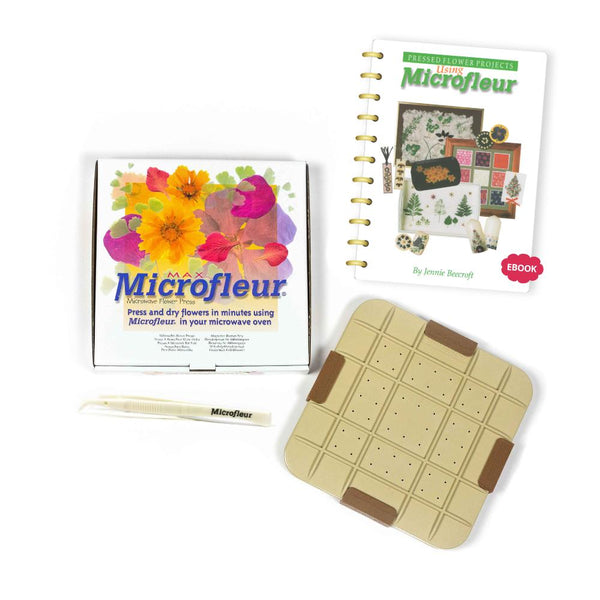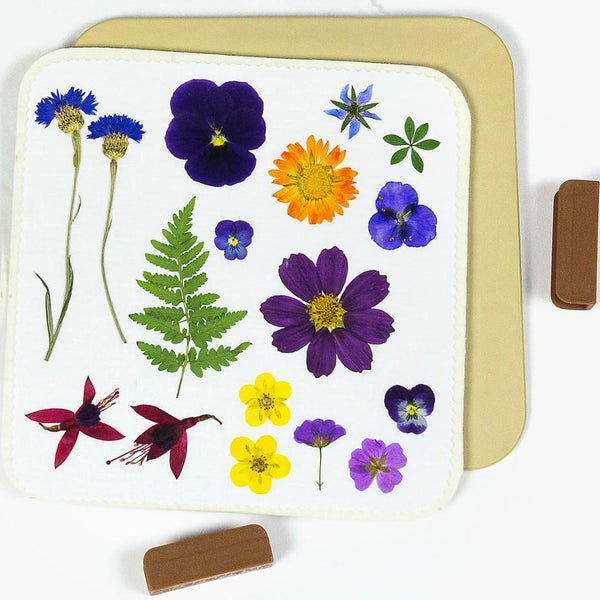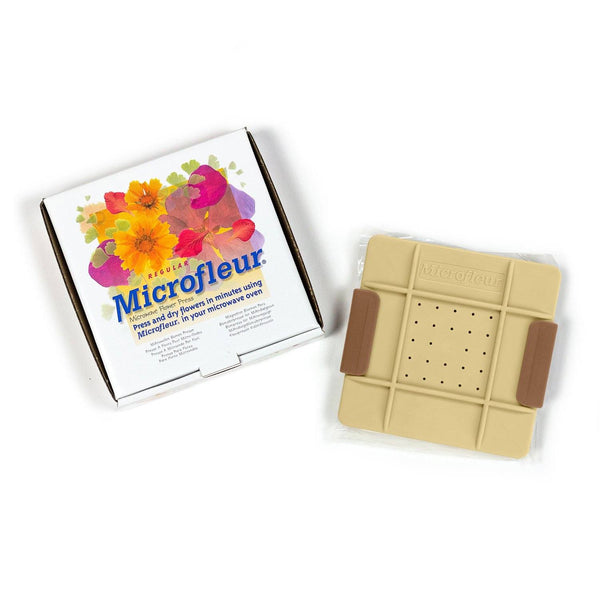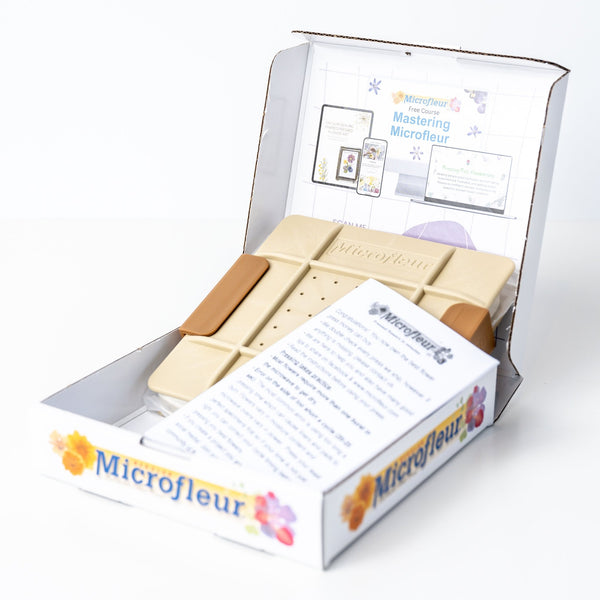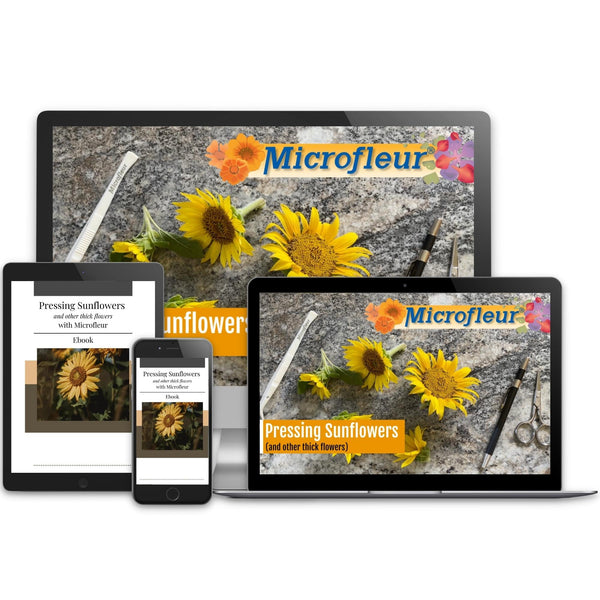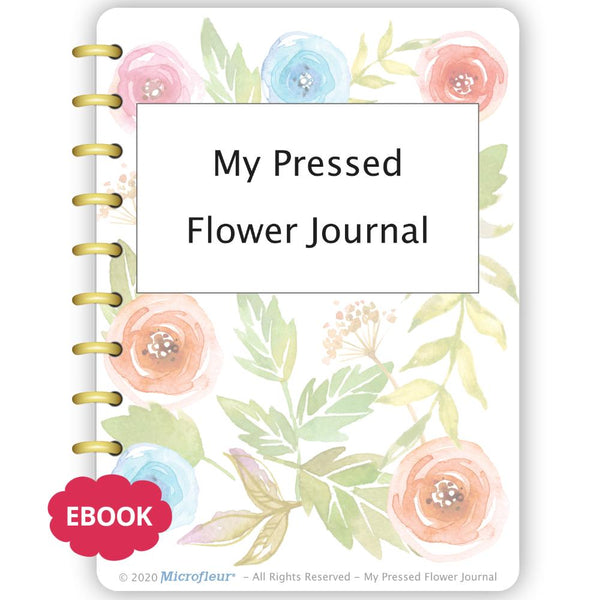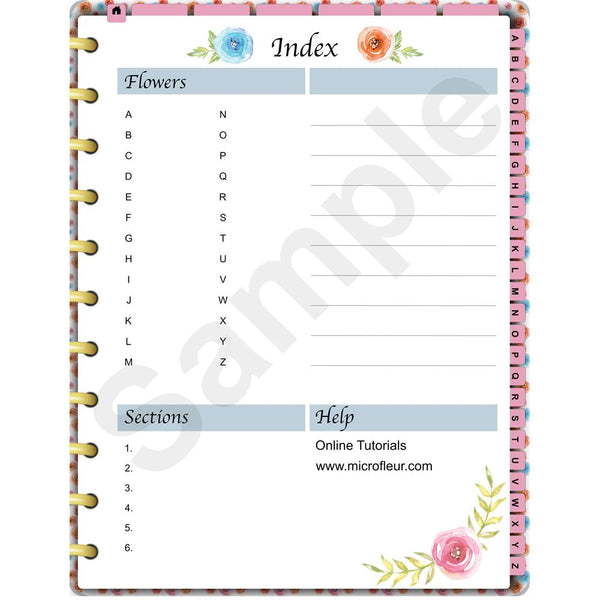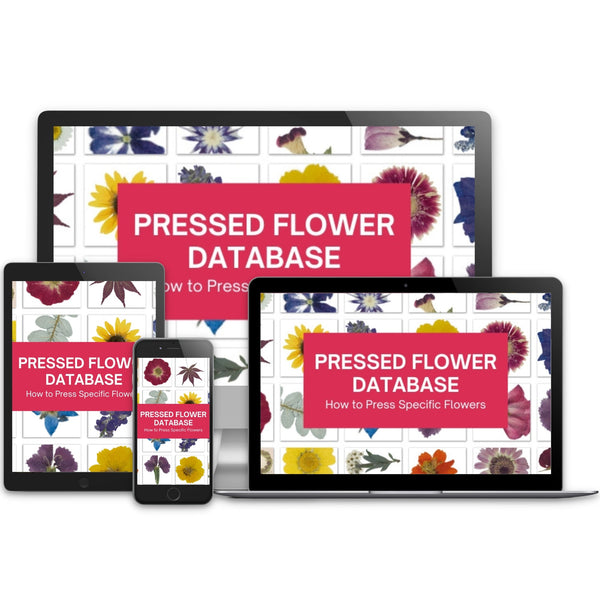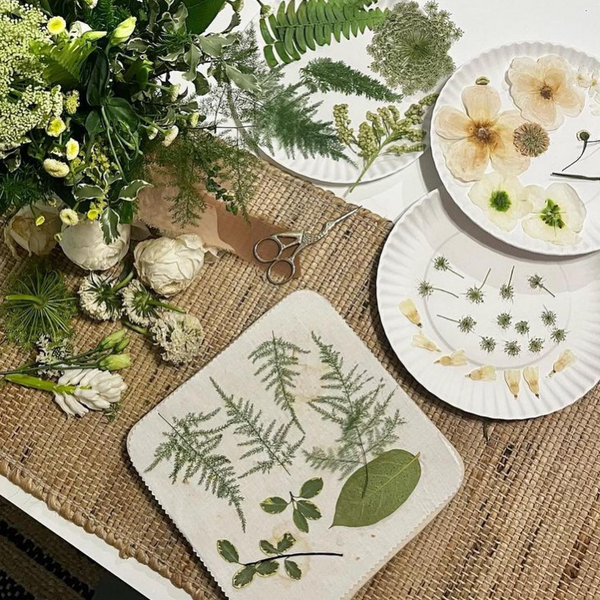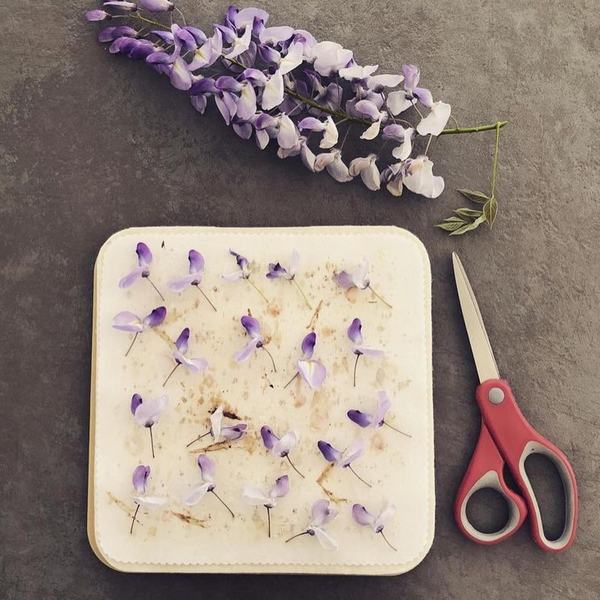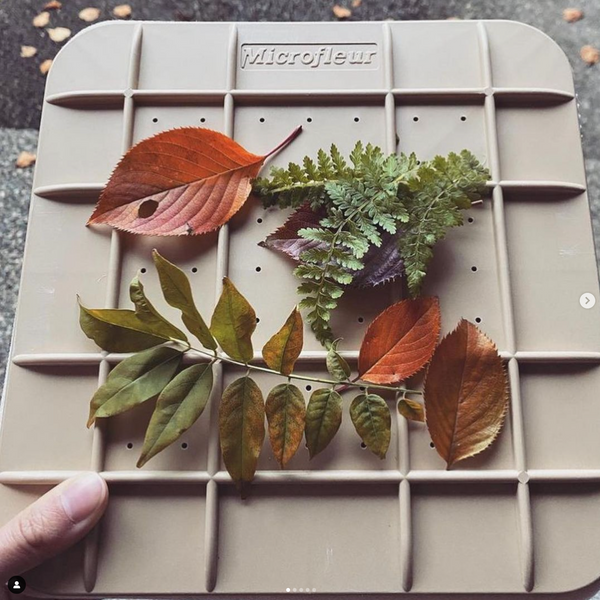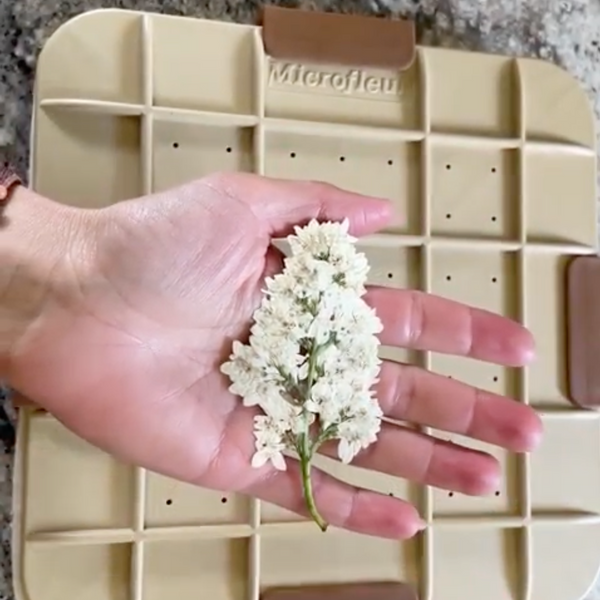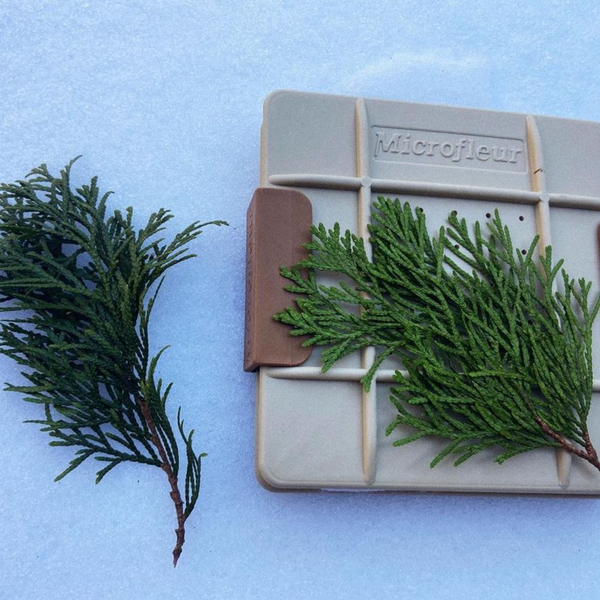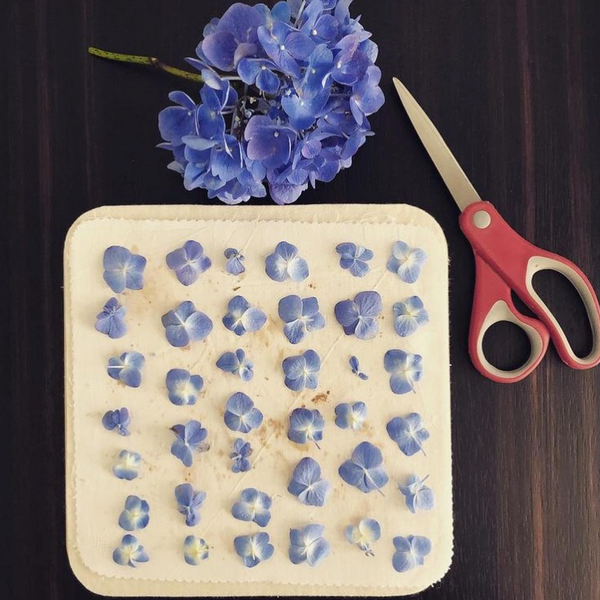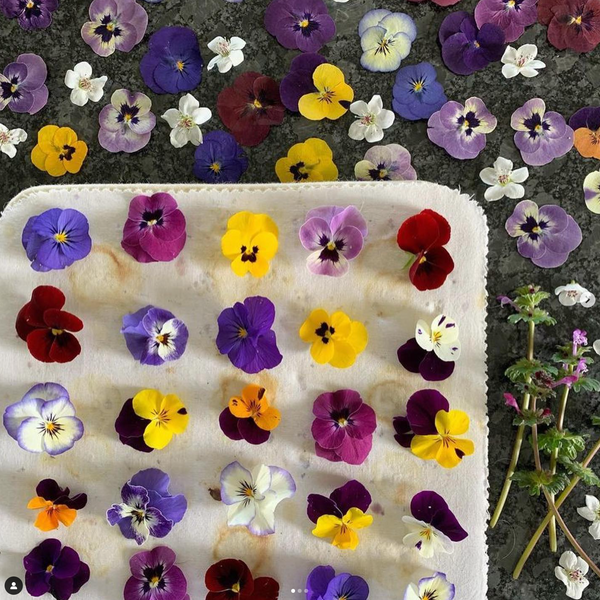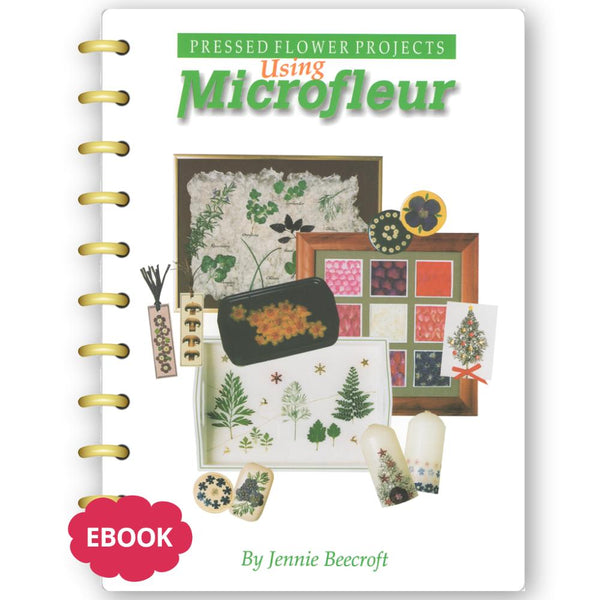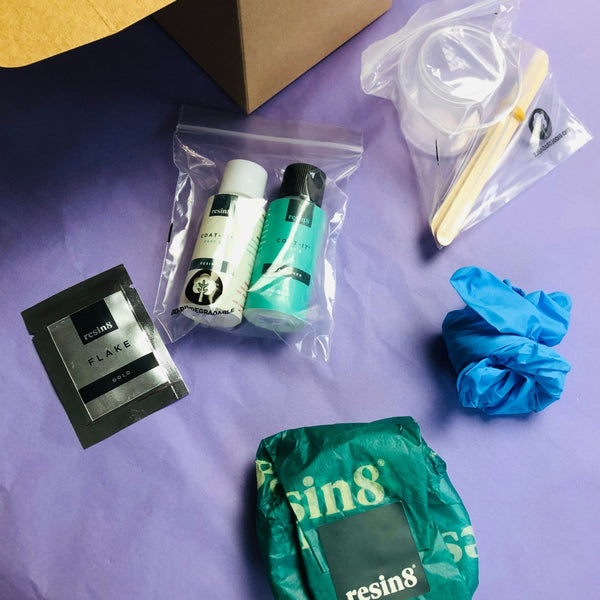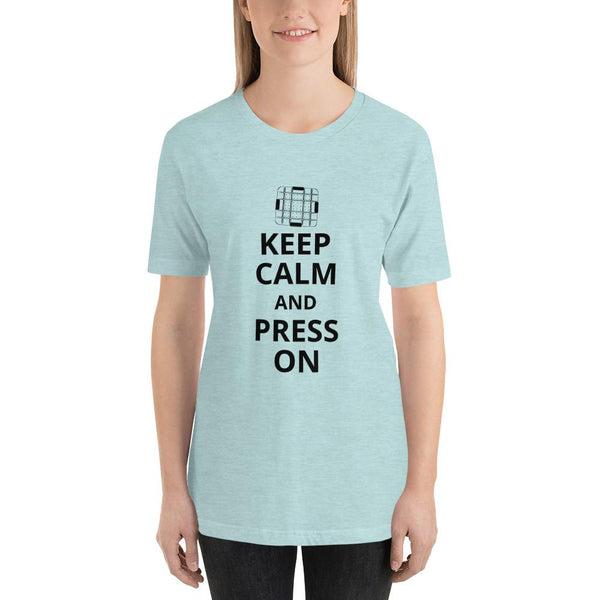How to choose and prepare flowers before pressing.
When it comes to pressing flowers, the possibilities are endless. Nature affords us so much variety and beauty. Seeing all those flowers makes you want to bring home every one. However, there are some guidelines for choosing and preparing flowers for pressing so that you can have the best results and the most beautiful pressed flowers for your art, crafts, and projects.

Any flower, petal, small plant, leaf or part of plant is worth trying, including weeds and some herbs, even banana peals or avocado shells (clean the flesh off them first). Some flowers that press well include pansies, hydrangea florets, bougainvillea, lavender, mimosa/wattle. As some flowers press better than others, try anything and everything.

It is advisable to get the flowers as flat as possible prior to pressing. This can be done in several ways, such as trimming the bulk from the back of the flower, taking the flower apart and pressing the petals individually, or slicing it in half. When trimming the back of flowers be careful not to remove too much as it may fall apart if trimmed too close. With flat flowers such as pansies, use scissors, a sharp knife or pinch with fingers to remove the stem as close to the back of the flower as possible. The flower can then be placed in the press with the stem beside it.
Bulky flowers, such as marigolds, which don’t sit flat can be pressed petal by petal or sliced in half lengthways using a sharp knife and then pressed. Rose buds may also be sliced in half lengthways. This way you end up with two flowers and the centre of the bud is very interesting. Smaller daisy type flowers such as the grass daisy can be pushed flat with your thumb as they are put in the press. Trumpet shaped flowers such as jasmine can be pressed sideways with their petals fanned out, or they can be cut just below the ‘fullness’ and then pressed flat, the hole in the centre will shrink during pressing and can be covered with a small flower to form a ‘centre’ when being used in a design.

Microfleur enables you to press quite thick flowers, such as gerberas, camellias and some chrysanthemums. These can be pressed whole and will finish only 2 - 3 mm thick after pressing. Before pressing though they need to be carefully trimmed at the back to remove as much bulk as possible.

The large seed pods in the centre of flowers such as poppies, anemone and nigella need to be removed prior to pressing. This can be done with scissors, a sharp knife or pinching it off with your fingers.

Flowers with large heads such as the hydrangea and ixora can be pressed be snipping each floret and pressing separately. Flowers that are too thick or which can’t be trimmed without falling apart such as sunflowers and some daisies can be pressed petal by petal. A stem or spray of flowers such as larkspur and gypsophila can be pressed whole or individually.

Don’t forget to press some stems, leaves, grasses, and also weeds. Curve some stems for interest and also try to get some tendrils from creepers. Weeds and seedlings can be pressed complete with roots for ‘botanical’ designs.
Grab your Microfleur microwave flower press, a sharp craft knife, scissors, cutting board and tweezers. You are now ready to press your flowers.


